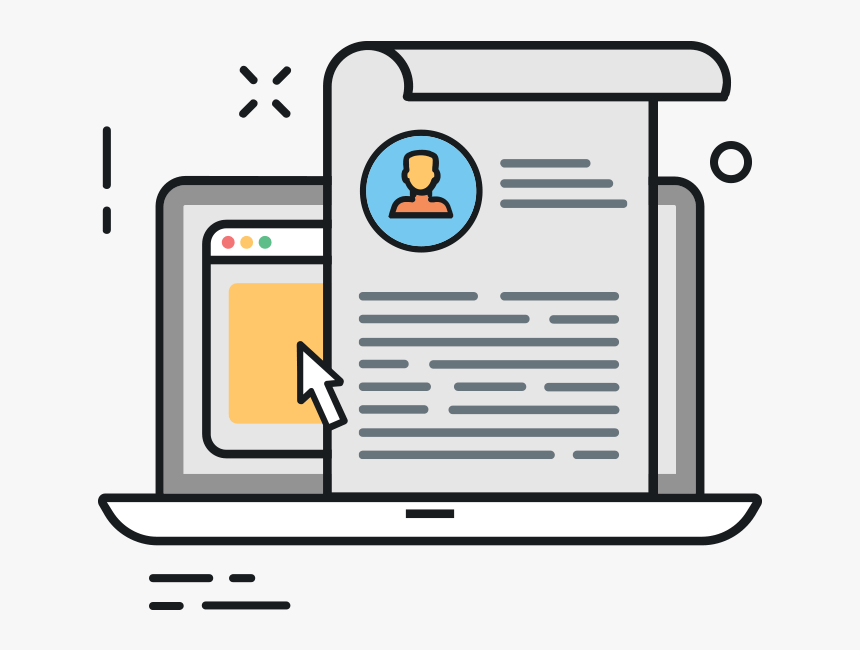15 Tips for Effective A/B Testing in Your Digital Campaigns
A/B testing, also known as split testing, is a powerful technique that can significantly improve the effectiveness of your digital campaigns. By comparing two or more versions of a webpage, email, or advertisement, you can determine which variation performs better and make data-driven decisions to optimize your campaigns. To help you get the most out of your A/B testing efforts, here are 15 tips, with practical examples, to guide you towards success.
Start with a clear objective 🎯: Before you begin testing, define the specific goal you want to achieve, whether it's increasing click-through rates, improving conversion rates, or reducing bounce rates. For example, if your objective is to improve email open rates, test different subject lines to see which one generates more engagement.
Test one variable at a time 🧪: To accurately identify the impact of individual changes, focus on testing one element at a time. For instance, if you want to optimize your website's call-to-action button, only modify its color in one version while keeping everything else constant, such as the text and placement.
Gather sufficient data 📊: To ensure statistical significance, collect enough data before drawing conclusions. Testing with only a handful of visitors or recipients may not provide reliable results. Aim for a substantial sample size, depending on the traffic or audience size.
Consider your audience segmentations 🎯: Different audience segments may respond differently to variations in your campaigns. For example, if you're targeting both male and female customers, create separate A/B tests tailored to each gender to understand their preferences and optimize accordingly.
Analyze both quantitative and qualitative data 📈: While quantitative data, such as conversion rates and bounce rates, is crucial, don't overlook qualitative feedback. Surveys, user interviews, and heatmaps can provide valuable insights into user behavior and preferences to complement your statistical analysis.
Use heatmaps for website optimization 🔍: Heatmap tools, like Hotjar or Crazy Egg, visually represent user interactions with your website. By analyzing where users click, scroll, or spend the most time, you can identify areas for improvement and create better-performing variations.
Prioritize mobile optimization 📱: As mobile usage continues to grow, ensure that your A/B tests cover mobile experiences. Test responsiveness, usability, and load times to deliver a seamless mobile experience that drives conversions.
Test personalized content 🙋♂️: Personalization is key to engaging your audience. Experiment with different variations that cater to specific user preferences, such as personalized recommendations or targeted offers based on past behavior or demographic information.
Monitor for external factors 🌍: Keep an eye on external factors, such as seasonality, holidays, or major events, that may influence your results. For instance, a campaign running during the holiday season may require different variations compared to other times of the year.
Don't rush to conclusions ⏳: A/B testing is an ongoing process, and rushing to conclusions based on early results can lead to suboptimal decisions. Allow sufficient time for data accumulation and make decisions based on statistically significant findings.
Learn from failed tests 🚫: Not all A/B tests will yield positive results. However, failure provides valuable insights and learning opportunities. Analyze unsuccessful tests to understand why they didn't perform well and use that knowledge to refine future experiments.
Test across different channels 📢: Don't limit your A/B tests to a single channel. Experiment with variations across multiple platforms, such as email, social media, landing pages, and paid advertisements, to identify the most effective strategies for each.
Use automation tools 🤖: Utilize A/B testing tools, like Optimizely or Google Optimize, to streamline the process and efficiently manage multiple variations. These tools provide statistical analysis, data tracking, and test scheduling, saving you time and effort.
Consider the context 🌐: Remember that every test should be conducted within the context of your overall digital strategy. Ensure that variations align with your brand image, messaging, and user experience guidelines to maintain consistency and avoid confusion.
Iterate and refine 🔄: A/B testing is an iterative process, and continuous improvement is crucial. Regularly review and refine your campaigns based on the insights gained from testing, and use A/B testing as a foundation for ongoing optimization efforts.
By following these 15 tips for effective A/B testing, you can transform your digital campaigns and drive better results. Remember, data-driven decision-making, combined with thoughtful analysis and creativity, is the key to unlocking the full potential of your marketing efforts. Start testing today and optimize your way to success!






No comments yet. Be the first to share your thoughts!